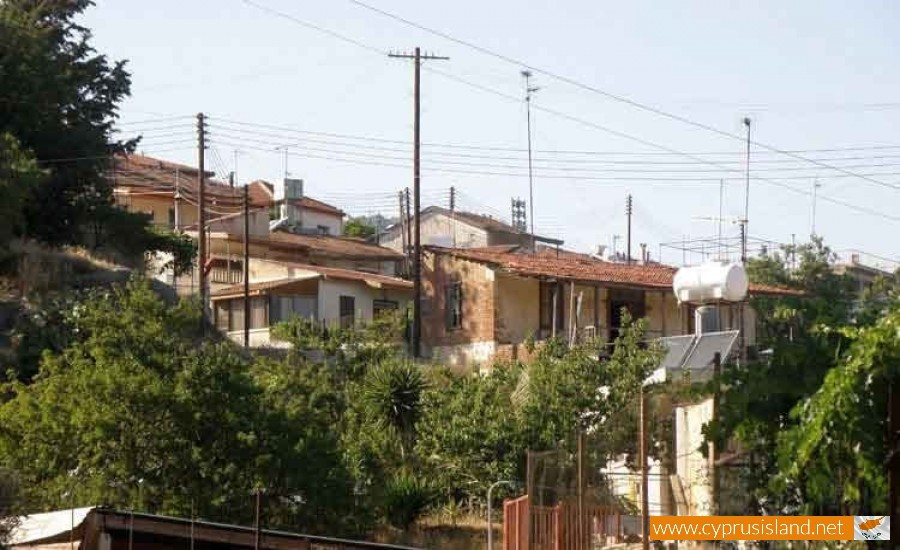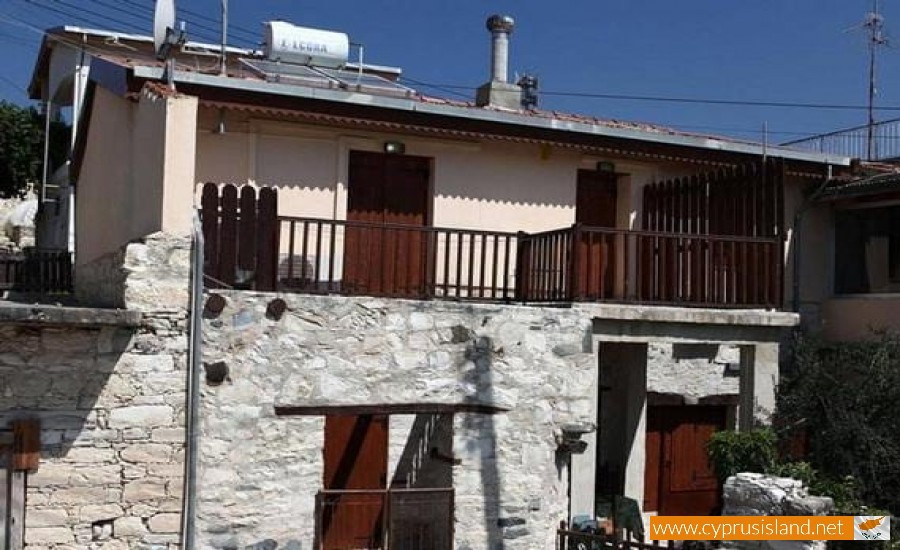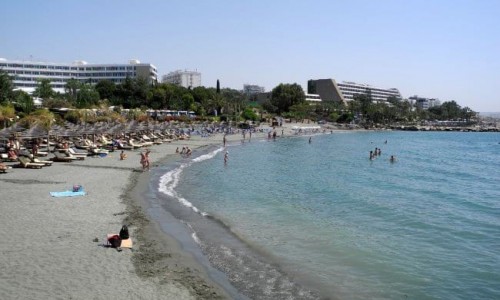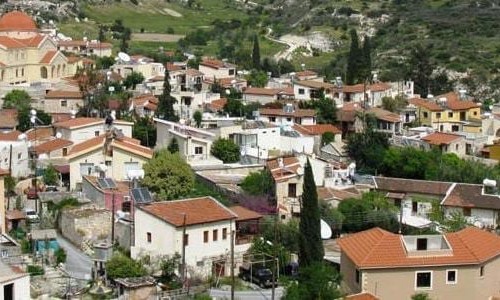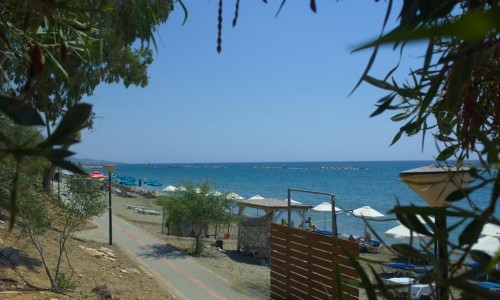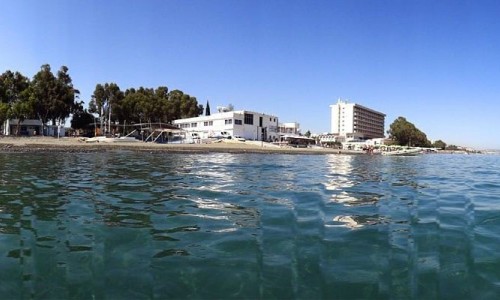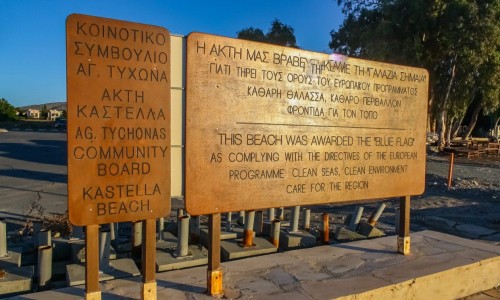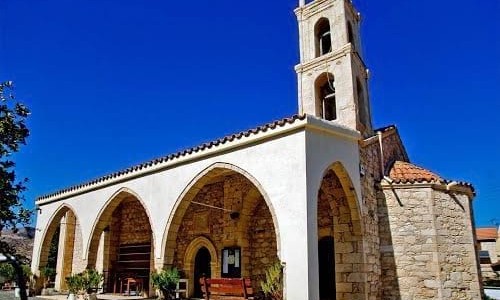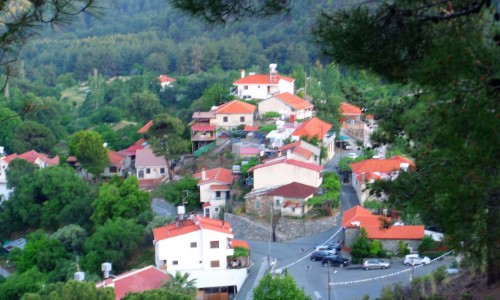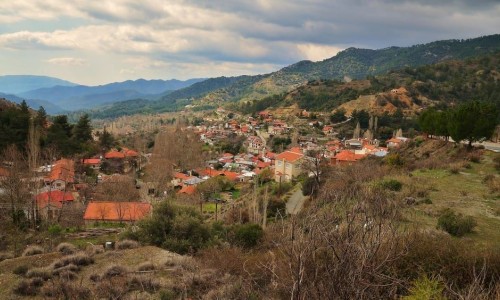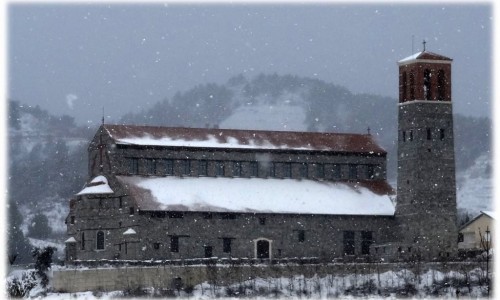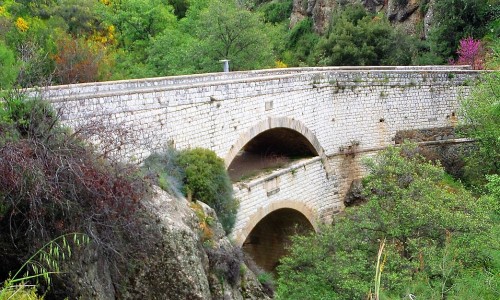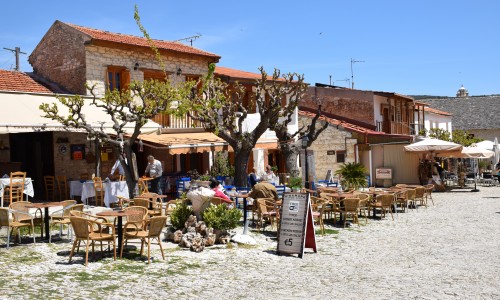Agios Mamas Village
Agios Mamas, perched at the east foot of Zalaka, is more than just a village; it's a living museum. It is 25 kilometres from Limassol at an altitude of 590 metres. Founded during the Byzantine era, this village served as a bastion against Arab pirates.
Named after Agio Mama, the protector of the Akrites (frontier guards), it stands as a testament to resilience and continuity. The village faced tumultuous times during the Turkish invasion in 1571, leading to the displacement of its inhabitants. Yet, the spirit of Agios Mamas remained unbroken, as residents returned decades later to reclaim their heritage.
Around 1720, Agios Mamas appeared to the priests Koukouna and asked him to build a church for him at the same position it was at before. Another fantastic fact occurred when Mikellis Frangofillos , a teacher at the village formed an important club in 1898. This club is the oldest one in Cyprus with more than 100 years of life. It has had many triumphs and success in various areas. This is the reason why the villagers consider it to be so important.
The village is a tapestry of history and nature. Visitors are greeted by the quaint church of Agia Paraskevi, and the Apostles Sila and Silouanou Church in Xilouriko. The village square, adorned with a century-old oak tree, is a focal point of community life. A cultural center with an extensive library enriches the intellectual appetite of visitors and locals alike. The village also boasts a picnic area set in a pine forest, offering a serene escape.
Despite a decrease in population, Agios Mamas retains its rustic charm. The villagers continue to cultivate vineyards, olive groves, almond trees, and a variety of fruit trees, preserving their agrarian lifestyle. The village is renowned for its Komantaria wine, a testament to its rich viniculture.


